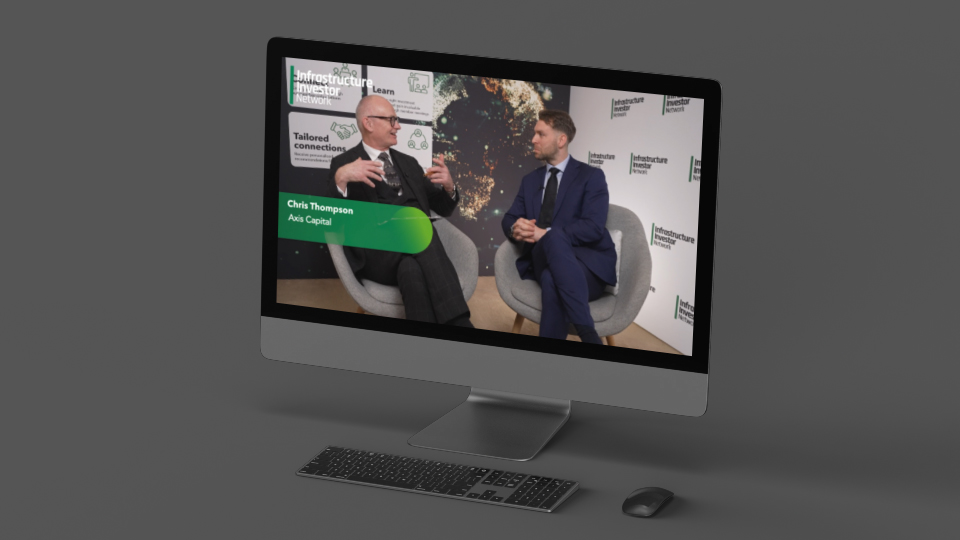Whatever your views on the outcome of the US election, the past few months have been immensely insightful for us as content marketers. So, as the world digests the result, what lessons can we take away?
Political leaders are brands – and they market themselves accordingly
Like any brand, clear positioning and consistent messaging is essential for political leaders. Values, policies and personal image must be communicated in a way that is unique, identifiable and differentiates one election candidate from the other. As with a company, product or service, a strong brand is worth its weight in gold.
Kamala Harris’s running mate Tim Walz’s rise from virtual obscurity is a great example, as my colleague Meg Jones highlighted in an earlier post. When his nomination was first announced, hardly anyone in the US had heard of him. But the Democrat’s digital campaign quickly turned the former teacher and high school football coach into everyone’s favourite all-American dad – or simply, “Coach Walz”.
Politics has learned about omnichannel engagement
Digital marketing was one of the cornerstones of both presidential candidates’ strategies, according to Media Beats. Political advertising boomed on digital channels, leading to a spend of $619 million on the two largest digital ad platforms – Google and Meta – between early 2023 and the end of August this year. At least $248 million was spent on the presidential campaign alone.
And following the example of any good consumer brand, the two campaigns went omnichannel to encircle target audiences with their messages. Social media played a key role – more on this later – but the Harris campaign also pioneered mass video calls as a new form of outreach and fundraising. Some events attracted more than 150,000 participants.
Politicians as social power brokers
Unsurprisingly, social media became even more important in 2024 than in 2020, with Democrats focusing on younger voters on Instagram, TikTok and Snapchat, while Republicans primarily took to their Twitter and Facebook staples, Media Beats reports.
And it wasn’t just one-way communications, either. I was surprised to see even my elderly relatives in the US – who typically post little more than heart emojis and one-liners – sharing political memes on Facebook.
The Harris campaign made the most of the high level of social engagement by embracing user-generated content such as the “kamala IS brat” and coconut tree memes to open up a channel to younger voters.
Micro-targeting voters with AI
While artificial intelligence may have played a part in previous presidential elections – remember Cambridge Analytica? – this was the first to occur after the explosive arrival of generative AI.
It is well-known that campaign strategists are increasingly using AI to analyse voters’ characteristics to create more personalised messaging for them. An MIT study found that micro-targeting audiences using multiple segmentation criteria had no advantage over traditional methods. However, it’s still effective for fine-tuning messages and how best to deliver them to micro-audiences – rural versus city voters, or different ethnic communities, for example.
A survey by the University of Texas among professionals working in the field found that, with AI advancing further, political communicators expect to have even better tools to create highly targeted, hyper-personalised content in the not-so-distant future.
Misinformation and disinformation are rife
Mis- and disinformation have been rife on digital platforms for some time, and the US election has been no exception.
Forbes quotes an expert stating that between the 2020 election and now, both the amount and the methods used for disinformation campaigns have grown. Whether it’s fake bot accounts, deepfakes or misleading election ads, mis- and disinformation are firmly on the rise.
This is not helped by platforms like X relaxing how it deals with misleading content, and Facebook publishing a misleading ad campaign that suggested the election might be delayed or rigged, according to Forbes. And while Facebook removed the campaign, the damage will have been done. Research has shown that those who saw it will have formed opinions that will be hard to change. Even when people receive a correction, the misinformation often continues to hold sway.
As we look back on the Harris/Walz and Trump/Vance campaigns over the next few weeks and months, there’s likely to be lots more to learn about the impact of new technologies and how they are reshaping both political campaigning and marcomms.
Author: Andrea Willige

